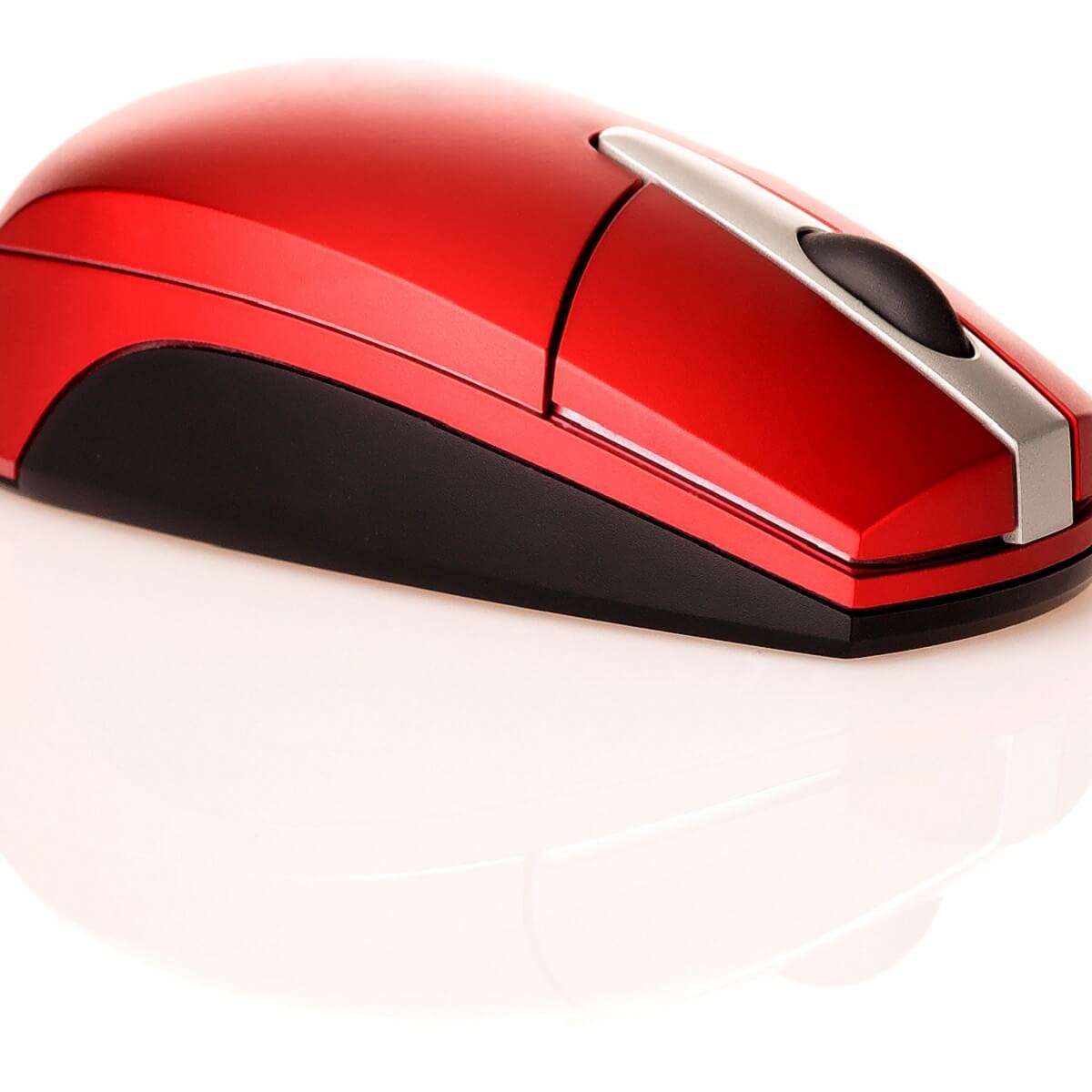
- #Duckcapture changed during scrolling how to
- #Duckcapture changed during scrolling pdf
- #Duckcapture changed during scrolling windows
#Duckcapture changed during scrolling pdf

#Duckcapture changed during scrolling windows
One thing is clear from the outset: simply replicating the same Windows OS dependencies (with all its pros and cons) is not feasible, given the high bar for compatibility and cross-platform requirements for Microsoft Edge and other Chromium-based browsers. With the new Microsoft Edge, we’re working to learn from our past experiences to improve scrolling for both Microsoft Edge and all Chromium-based browsers. In those cases, our users could experience missing or incorrectly clipped content, leading to non-interoperable experiences between browsers – broken sites. Even worse, while processing input and output independently from the browsers main thread improved the responsiveness and allowed for a stable frame rate, it didn’t work great for script that performed updates based on frame updates, leading to jitter, one of the most common pieces of feedback we received at the time.Īs time went on and features were added to the rendering pipeline, some features were incredibly hard to support in this model due to the dependency on the OS compositor – fixed position content with clipping ancestors, content with negative z-index, some z-index: auto scenarios, and CSS filters. However, tight operating system integration meant that we couldn’t bring the experience to other OSes, including previous versions of Windows.

This allowed our browsers to introduce class leading smooth scrolling at the time and effortlessly match Windows personality – motion, interaction, looks and feel. In previous releases of Microsoft Edge, we enabled smooth scrolling through tight integration with the operating system Compositor ( DirectComposition) and input APIs ( Direct Manipulation). In a future post we will describe some of the performance and functional improvements we’ve been working on. In this post, we’ll cover how we’ve improved scrolling personality in Microsoft Edge – scroll animation and how it reacts to your interactions, looks and feel of scrolling.Īdditionally, we’ll summarize themes we’ve observed in your feedback, and outline some of the next steps on our journey. Whether you’re using a touchpad, touch screen, mouse wheel, keyboard, or scroll bars, you want your scrolling experience to be fast and responsive.
#Duckcapture changed during scrolling how to
If you are able to capture, contact the security software manufacturer for instructions on how to add Snagit to the exclusions list (sometimes referred to as the white list).Scrolling is one of the most common user interactions in a browser, and it’s central to how we experience the web. To verify your security software is not causing an issue, disable the security software and then take a scrolling capture again with Snagit.

This software can sometimes falsely detect Snagit (or other trusted applications) as a potential threat and block the software from working properly. Security and identity protection software is frequently changing. These alternate browsing modes usually disable all third party extensions and add-ons which can potentially interfere with Snagit's scrolling ability.įor best results, set the zoom level in the application to capture to the default 100%. Most web browsers have the ability to browse in an "incognito" or "private" window.

Use your Web Browser's Incognito/Private Mode Results may vary across web browsers based on website content. If you receive an error or no response when capturing a website, open the URL in a different web browser, such as Google Chrome, Mozilla Firefox, Internet Explorer, or Microsoft Edge. Panoramic scrolling capture may have trouble accurately capturing parralax websites.


 0 kommentar(er)
0 kommentar(er)
